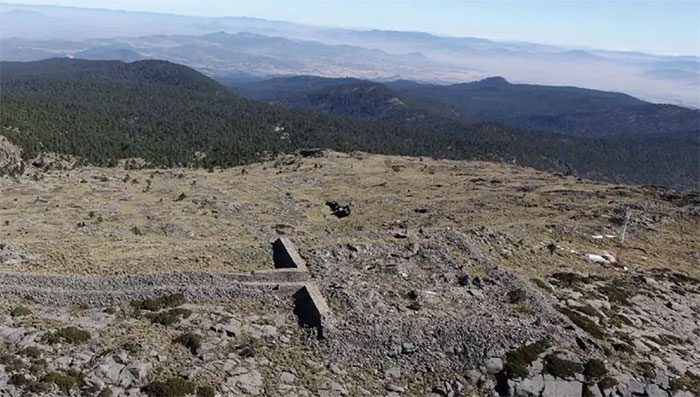Exequiel Ezcurra, an ecologist investigating the origins and development of maize agriculture in Mexico, uncovered something unusual. It appears that the ancient inhabitants of the Valley of Mexico used a nearby mountain to accurately track their agricultural calendar. This area now exists only in ruins, and Ezcurra captured images using a drone.
The people of the Valley of Mexico once had an impressive agricultural system; they seemed to possess significant knowledge of calendars, despite historical sources indicating they lacked the navigational and observational tools available to Europeans at that time.
Ezcurra was motivated to explore how these early people began and how they were able to create high-yield agricultural systems early in human history.
He believes the answer lies in the mountains. Other civilizations also utilized their own “horizon calendars”, noting the position of sunrise (or sunset) relative to geographical features along the horizon. Ezcurra’s team began to investigate various horizontal landmarks, cross-referencing them with ancient codes to see if there were any references. They then decided to focus on Mount Tlaloc, a potential candidate due to its location to the east.

Mount Tlaloc and the ruins of an “observatory”.
Using modern astronomical models, the team discovered that one of the ruins on Mount Tlaloc—a perfectly straight, elevated stone path—lines up with the sun rising on February 23/24.
Ezcurra stated, “If an observer stands at the base of this stone path and looks up on February 23 or 24, they would see the sun moving precisely along the axis.”
Amazingly, February 23 is the date that historians previously identified as marking the new year in the Mexica calendar. Thus, this mountain “serves as an observatory aligned with the rising sun on a day that coincides with the Aztec New Year.”
Ezcurra hopes that experts with backgrounds in archaeology and astronomy will be able to build upon this discovery. He also believes that this site should be preserved and carefully maintained, as it was once valued by people like him from Mexico.


















































